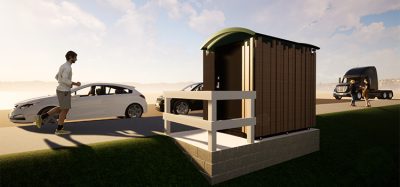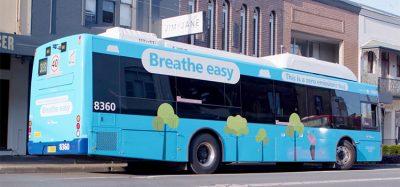TfL’s new analysis shows that pay as you go with mobile on Tube is more popular than before pandemic
- Like
- Digg
- Del
- Tumblr
- VKontakte
- Buffer
- Love This
- Odnoklassniki
- Meneame
- Blogger
- Amazon
- Yahoo Mail
- Gmail
- AOL
- Newsvine
- HackerNews
- Evernote
- MySpace
- Mail.ru
- Viadeo
- Line
- Comments
- Yummly
- SMS
- Viber
- Telegram
- Subscribe
- Skype
- Facebook Messenger
- Kakao
- LiveJournal
- Yammer
- Edgar
- Fintel
- Mix
- Instapaper
- Copy Link
Posted: 31 October 2022 | Intelligent Transport | No comments yet
New figures from Transport for London reveal that more than a third of all adult contactless pay as you go journeys on the London Underground are now being made using a mobile device.


More people are making pay as you go payments via a mobile phone or smart watch to travel on the London Underground than they were prior to the pandemic, reveals new analysis by Transport for London (TfL).
The new figures show that in a four-week period from the end of July to late August 2022, around 485,000 journeys a day had been made on the Tube using a mobile device. This equates to around 35 per cent of all Tube adult pay as you go journeys made using contactless or around 25 per cent of all adult pay as you go journeys.
Prior to the pandemic (around the end of January 2020), there had been around 400,000 contactless journeys a day being made using a mobile phone or smart watch – which was just 26 per cent of all pay as you go with contactless journeys and around 16 per cent of all Adult pay as you go Tube journeys.
The popularity of pay as you go with contactless has grown in recent years, particularly with customers using mobile devices as more people adopt the latest smartphone technology. Across London, contactless journeys now make up around 71 per cent of all pay as you go journeys on buses, Tube and rail services in and around London, up from around 31 per cent in 2016.
TfL introduces new innovative pantograph bus charging technology
The contactless system covers all Tube, bus and tram services, as well as rail services as far as Gatwick Airport in the south, Luton Airport, Welwyn Garden City in the north and Reading, Marlow and Henley-on-Thames in the west. It can also be used on the Uber Boats with Thames Clippers and the IFS Cloud Cable Car.
By automatically working out the correct fare for customers and only then charging the total at the end of the day, customers can also save money compared to buying a Day Travelcard, helping them to travel around London more affordably. Despite the growth in contactless on the Tube, thousands of paper tickets are still being sold every day in Tube stations.
In order to encourage customers to avoid queueing and move from paper tickets to more convenient, smarter ticketing, Google Pay has recently begun a six month campaign across five of London’s most high profile Tube stations. Within these stations, customers will see signage prompting them to add a debit or credit card to their Google Wallet. Signage on ticket readers at Tube stations across the network have also been refreshed to better emphasise contactless options alongside the traditional Oyster card.
Andrew Anderson, Head of Customer Payments at TfL, said: “We are committed to making travel in London as easy as possible. Millions of journeys in and around London are now made using contactless every day – with close to half a million now made using mobile devices rather than a bank card. Working with Google Pay, we are helping promote the benefits of smart ticketing over queuing to purchase traditional paper tickets, making travel more convenient and accessible for all.”
If you liked this, you may also be interested in:
▶ Cardiff Bus launches Tap On-Tap Off payment scheme
▶ T-mobility integrates first intercity bus lines outside Barcelona Metropolitan Area
Related topics
Accessibility, Passenger Experience, Public Transport, Ticketing & Payments
Related modes
Bus & Coach, Tube
Related cities
London
Related countries
United Kingdom
Related organisations
Transport for London (TfL)
Related people
Andrew Anderson








